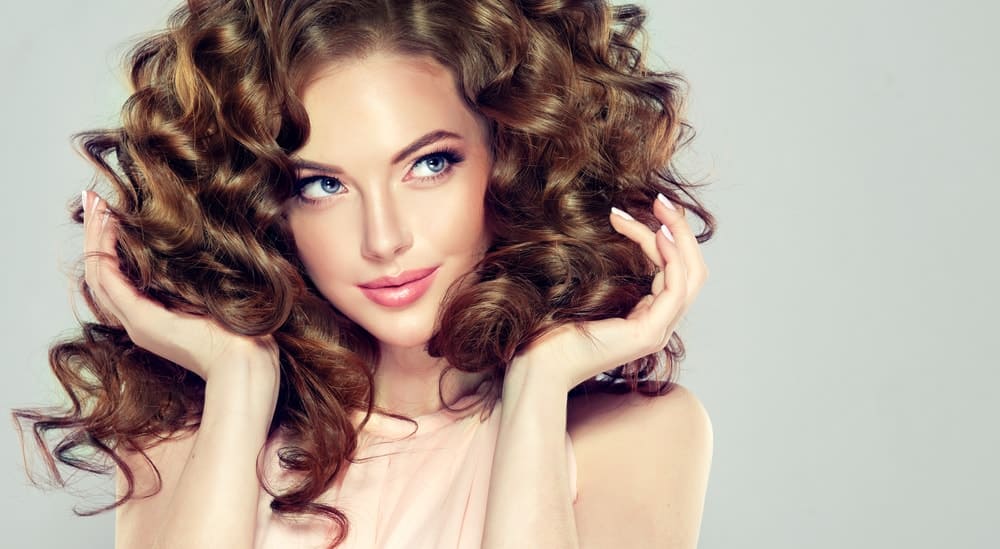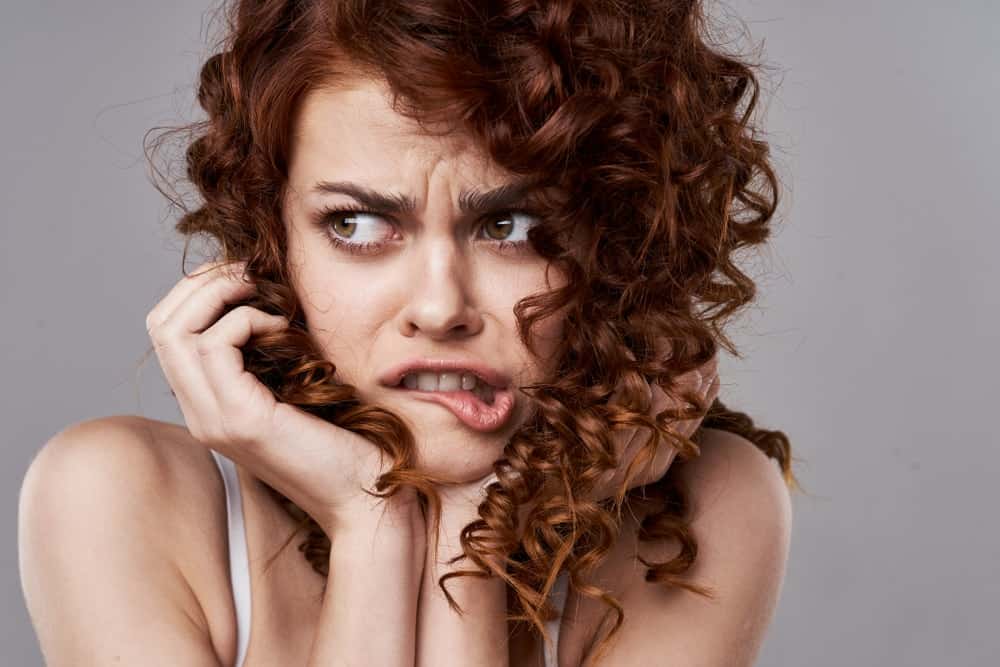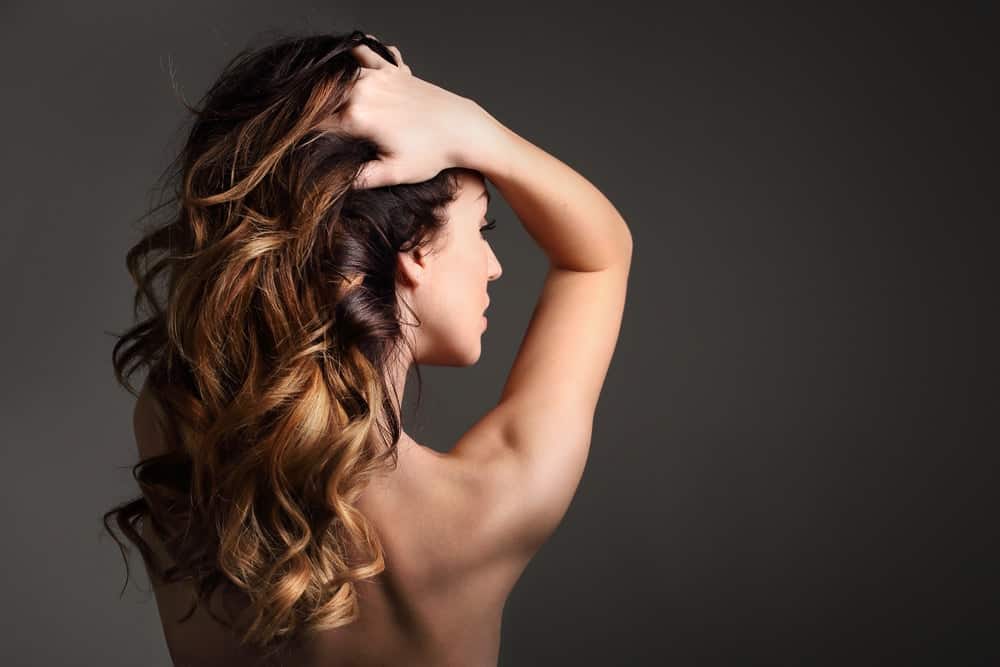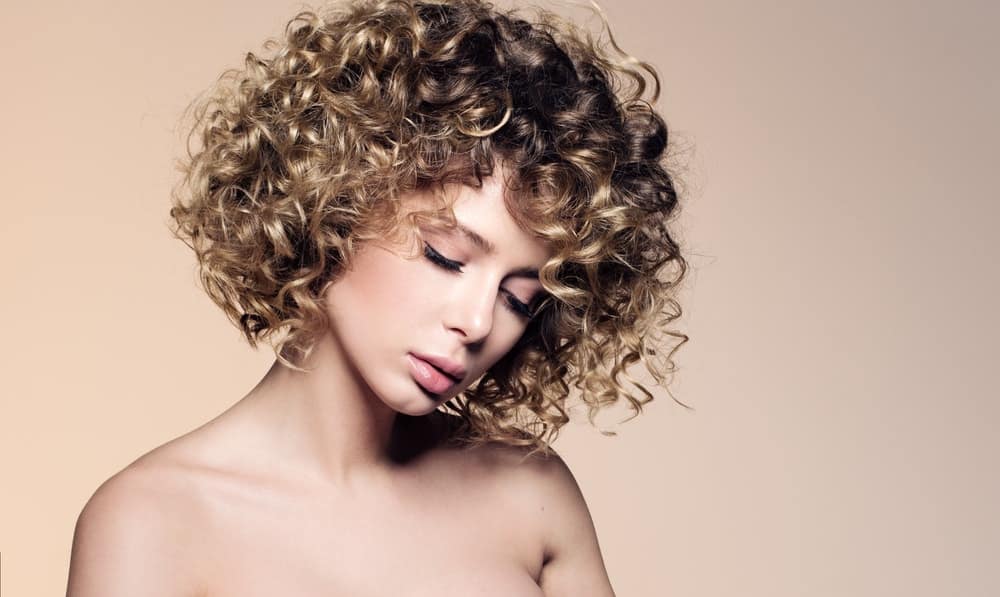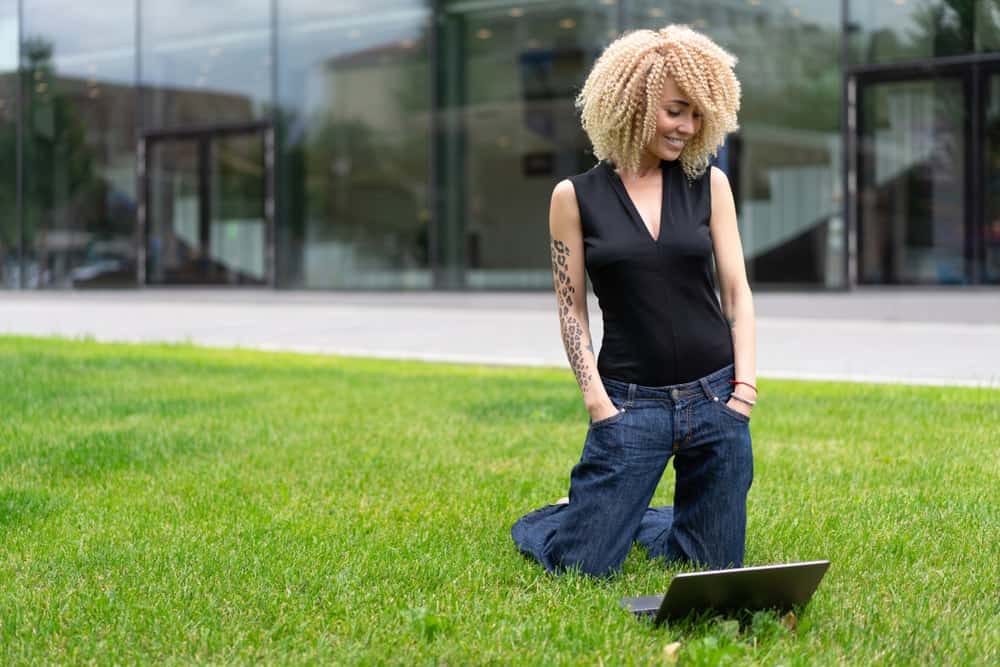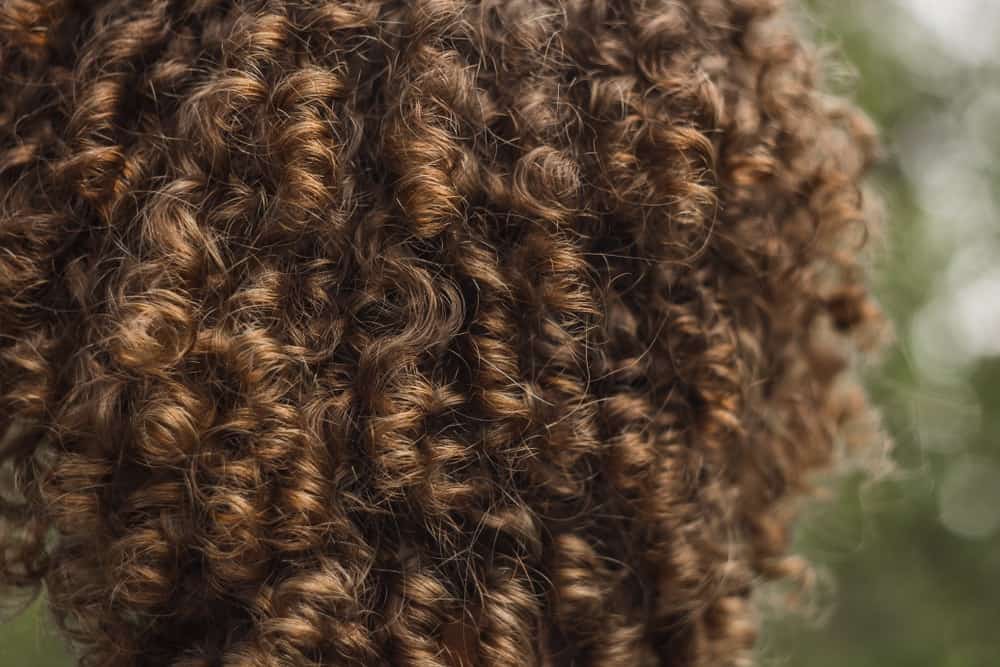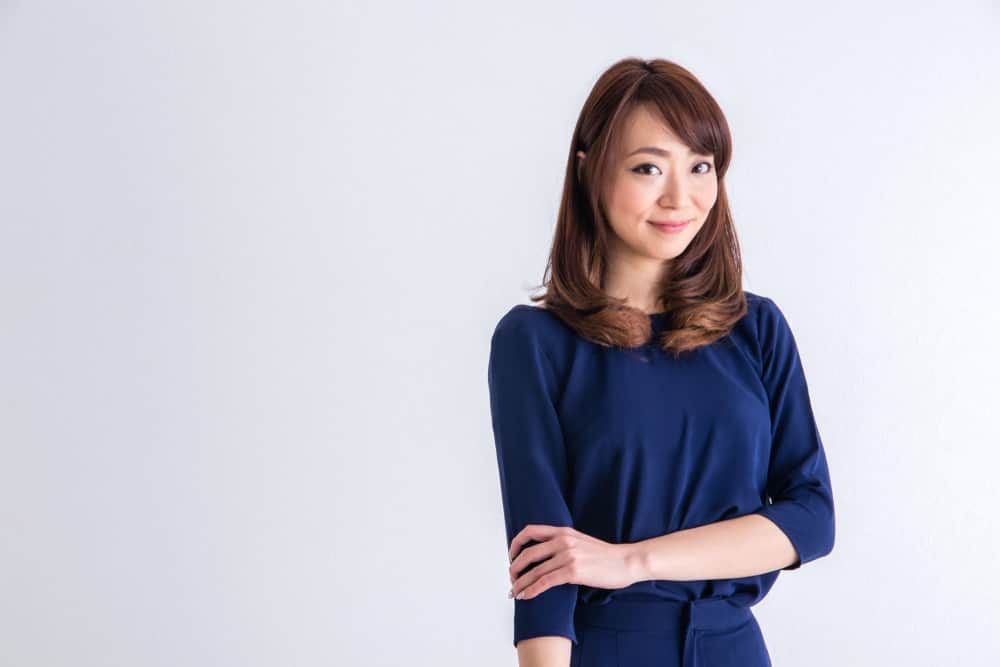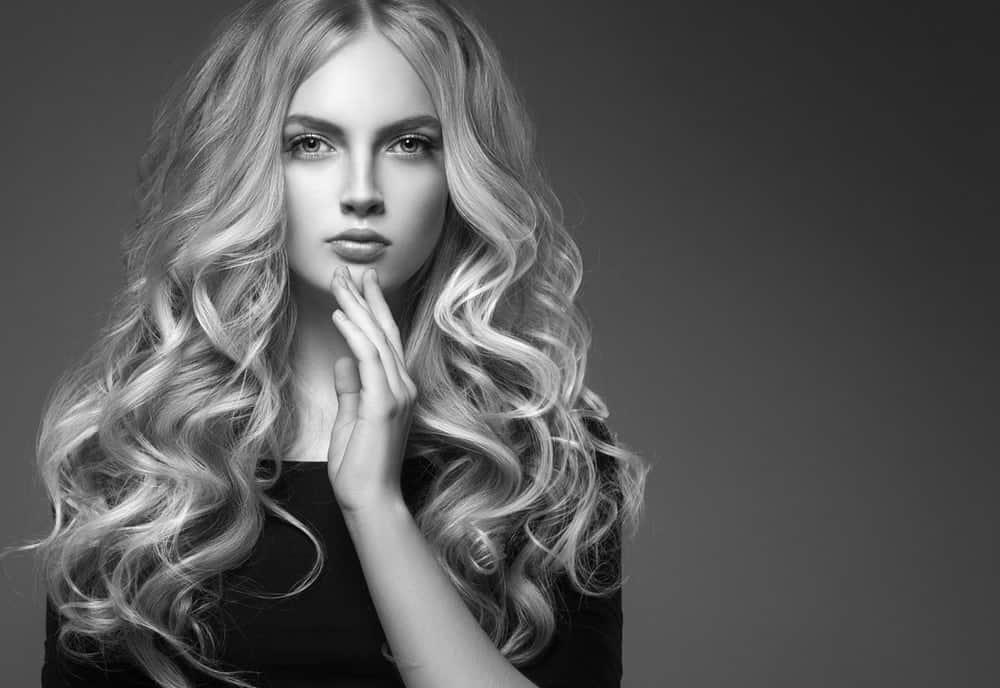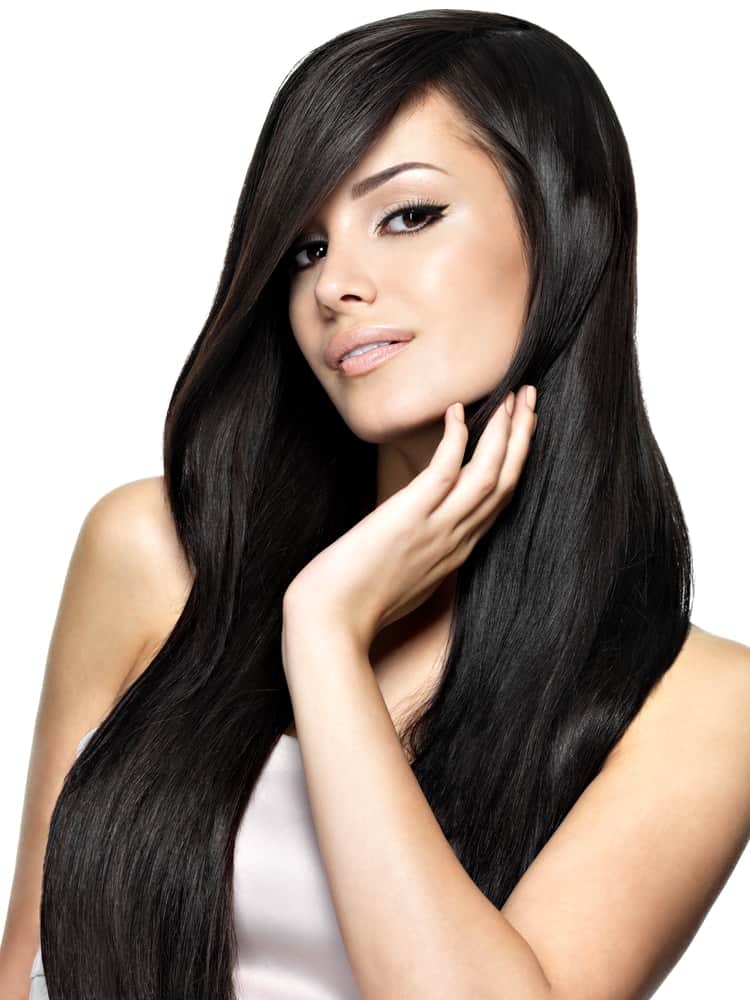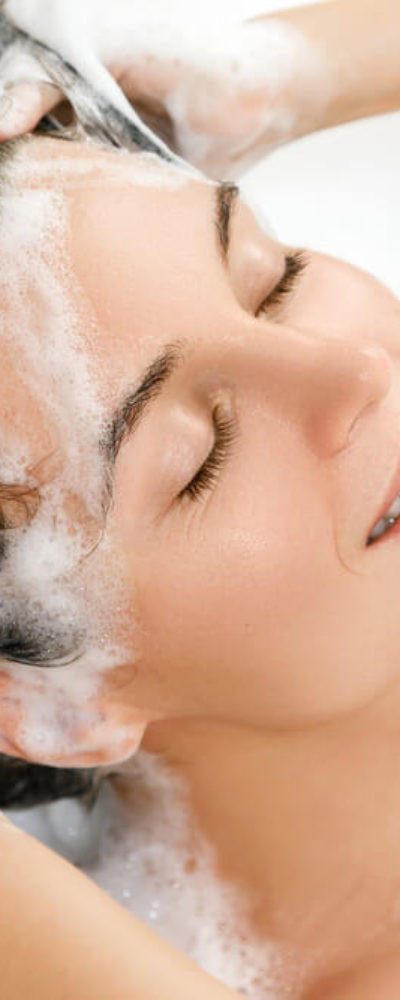Did you know that a perm can do so, so much more than just curl your hair? Properly done, a perm can bring volume and bounce, give the illusion of layering to straight cuts, even out or neaten your own, natural curls, or provide lift and body to lifeless, limp locks. A perm can be so much more than tight spiral curls alone!
Deciding on a new hairstyle can be daunting — especially when fashionistas and stylists are in the business of introducing new terms for an old hat, so that styles sound fresh and interesting, creating multiple names for the same styles and techniques.
Don’t panic! We’re here to help. Sit back, relax, and let us help you figure out the terms for perms — and the perfect perm for your hair.
Should you get a perm?
When you’re considering a new hairstyle, consider the following first:
- Have you dyed your hair multiple times, or bleached and then dyed it?
- Do you love to swim as a sport? Is swimming part of your gym routine?
- Do you need to wash your hair frequently?
If you answered yes to the questions above, a perm may not be the right choice for you.
Dyeing your hair can make your hair more brittle, and while it’s perfectly fine to perm your once-dyed hair, you may want to reconsider if you have used permanent dye several times within a shorter time period, or if you bleached your hair before dyeing it.
Frequent washing can shorten the life of a perm, so if you have naturally fine hair or are involved in athletics, be aware that you may need to get it permed more often.
Finally, chlorinated water can ruin a perm, so if swimming is an important part of your life, you may want to reconsider getting a perm.
Remember: your hairstyle should always fit your lifestyle.
The two ways to perm
While there are many styles of perm, there are two major techniques used to perm hair that everyone considering a perm should know.
Hot perms
Hot perms use a formula with a pH between 4.5 (about as acidic as a strong, black cup of coffee) — to 7.0, which is the pH of pure water. This acid breaks the disulfide bonds in hair to produce the curl. As part of the process, heat is applied to the hair. You may hear hot perms called acid perms or digital perms, because of the digital display on the equipment used in a hot perm.
Best for
Hot perms are best for thin or damaged hair, such as hair that’s been color-treated. It’s also best for busy people because hot perms tend to be lower-maintenance. A hot perm is versatile and can be used to create a number of different styles.
Downsides
Since your stylist doesn’t want to singe your scalp, they won’t do a hot perm right down to the root! This results in less lift at the root and less volume from a hot perm.
Cold perms
The chemical used in cold perms is alkaline, with a pH between 8.2 and 9.6, or around the pH of baking soda. Your salon may also call a cold perm a ceramic perm. In a cold perm, the ammonium thioglycolate breaks the disulfide bonds within the hair to make it curl. Then, a neutralizer is applied to bring the pH back to normal. This fixes the hair in its new, curled shape!
Since a cold perm can be extended right to the root, it will lift the hair and create volume.
Best for
A cold perm is a more traditional perm and is good for people who want tighter, stronger, more defined curls.
Downsides
There is pretty much only one style in a cold perm: a tight spiral. However, you can change the size of the rods to create sausage curls or tighter curls.
Perm styles
There’s more to a perm than the technique used to form the curls, however. Hot perm techniques, in particular, can create a variety of styles for you to choose from based on your face shape and your hair’s thickness and natural curl, and may even help you cover up problem areas! So let’s get curling — er, cracking — and check out nine different types of perm!
1) Body wave
Body wave perms have been very popular recently! With their loose, romantic waves, the style still looks natural while still appearing neat and increasing the volume of your hair.
Body wave perms are best for either very straight hair, creating more volume, or for compelling your flyaway curls to cling together a bit more obediently! Like a number of hot techniques, it works best on longer hair. If you’ve looked in the mirror and thought your hair looked limp, a body wave perm will bring your hair back to life by creating some bounce and natural movement.
Larger rollers are used to create loose waves in a body wave perm, and placed in the hair in slightly different positions to mimic the effect of natural waves.
A body wave perm requires very little upkeep: just avoid heat styling, no matter how it calls to you! The job of the body wave perm was, after all, to keep your curls together — let it do its job and you can get this perm two or three times a year without visiting the salon more often!
A well-maintained body wave perm lasts for three to five months.
2) Spiral perm
Spiral perms use a cold technique to produce springy, bouncy curls that bop back into place when you pull and release them. While cold perms are pretty uniformly all about the spiral that goes right up to the scalp, you can vary their appearance by changing out the size of the rods used.
That means that the spiral perm can achieve anything from the tightest of corkscrew curls to looser sausage curls. Ladies who already have very curly hair do well with these perms, and people going for a bit of a retro look. A spiral perm is best on hair that is at least eight inches long.
A spiral perm will slowly relax over the life of the style, ultimately lasting around six months with proper maintenance. This perm does require some love, though: it’s considered medium-maintenance to high maintenance! You’ll need to gather some styling products to keep your curls shiny and uniform.
3) Spot perm
Also called a ‘partial perm’, a spot perm involves perming only one section of hair.
At first, this may sound a little absurd, but trust us: a spot perm performed by a skilled technician can work wonders!
People with curly hair may find that their curl is uneven: it’s curlier in some sections than others, or the curls change direction in some random spots. A skilled technician can even out your curl by gently perming straighter areas to create a much neater look with a bit more predictability straight out of the shower.
Spot perms are, in general, very low maintenance; however, it’s a great idea to give some special attention to the permed bits in the form of pre-conditioning your hair before you wash it, and a leave-in spray thereafter (provided it’s not alcohol-heavy or a silicone-based product).
Spot perms can even be cleverly used to cover a spot where hair is thinning!
Leaving some hair unpermed means accurately judging which sections of hair to perm and which to leave alone, along with estimating the length of the resultant curls to ensure they end up blending into your natural hair.
A good stylist will wrap and then measure them to be sure! This means that spot perms require a technician with a good deal of skill. Definitely find a stylist who is not just good at perms but who is used to cutting and styling curled and wavy hair.
4) Root perm
A root perm can be viewed in a certain light as a kind of spot perm. It involves perming only the roots of the hair, or the first two to four inches from the scalp. Because this kind of perm is done close to the scalp, it can only be done using the cold method or ‘ceramic’ method of perming hair.
Spot perms may be used when you’ve permed your hair previously and it’s grown out a bit. It makes sense to perm only the roots rather than your whole head of hair if your hair grows fast. By only perming the few inches closest to the scalp, you avoid damaging the rest of your hair by perming it twice. This is the reason that many people seek a root perm.
However, root perms can also be used for people who would like a bit of lift at their roots in order to add volume — with or without natural curls of their own. In fact, women with very straight shiny hair love root perms because they provide a touch of a lift at the scalp, just enough so that hair feels more free-moving instead of glued down!
Just like a spot perm, root perms definitely demand the assistance of a skilled professional! This is especially the case if you already have curls: joining your previous curl to a newly-created one is painstaking and artistic work.
Root perms don’t require a great deal of maintenance because, by the time you’d need to worry about that, your hair will likely have grown out! Expect a root treatment to give your hair a good lift for a few weeks to a month.
5) Multi-textured perm
A multi-textured perm uses the hot perm technique. Typically, your stylist uses different-sized rolls in order to create a combination of tighter and looser curls; however, you can see an innovative way of creating a multi-textured look without any rolls at all ” target=”_blank” rel=”noopener noreferrer” data-cke-saved-href=”” data-lasso-id=”7541″>here. Since naturally, curly hair has curls with variation in their tightness, the multi-textured technique creates an effortless, organic look similar to the body wave perm but with a bit more variety in the shape of each curl.
The multi-textured perm is ideal for medium-length or longer hair and is best if you want to add bounce and interest to your hair. This is another style that requires a steady, professional hand to do well, so do your homework on stylists, especially if this is your first perm!
6) Partial perm
In a partial perm, only part of the hair is permed, but in contrast to a spot perm, where there are certain areas of focus in order to even out unruly curls or cover up thinning spots, the goal of a partial perm is for parts of the hair to look significantly different from others.
A partial perm might involve a perm using larger rods to create loose curls to frame the face while keeping the back your hair un-permed. It might mean choosing some hair to perm throughout your head of hair while leaving the rest untouched. However, one of the most popular partial perms is to simply perm the ends of the hair, creating waves or curves to give your hair some movement or curl about your shoulders.
Partial perms can allow your stylist to arrange your curls to compensate for flat or thinning hair, and a smooth head with bouncy, curly ends creates the impression of tidiness and a youthful, carefree nature simultaneously. The result should look very natural but may seem haphazard without the skill of a professional: this is one of the trickiest perm techniques to do well.
It’s also one of the easiest perms of all to maintain: practically wash and go!
7) Stack perm
A stack perm is a hot perm style that leaves the top of the hair natural or may even perform rebonding on the top of your hair to ensure its smoothness. Then, the middle and bottom sections are permed, often with a variety of rod sizes to ensure the curl continues to look natural. A stack perm creates the illusion of layers, adding fullness and softness to your look. Perhaps it goes without saying, then, that this type of perm is intended for people whose hair is not cut in layers already!
Since many people’s curly hair only shows its curl halfway down the head, this creates a very natural look as well, similar to the body wave and partial perms — and similar to these perms, the stack perm requires very little maintenance: just a deep conditioning treatment once in a while.
8) Volumizing perms
Volumizing perms are all in the technique. In a traditional perm, the neutralizer is applied while the hair is still curled around the rods. In a volumizing perm, on the other hand, the rods are removed before the neutralizer is applied. This results in increased volume or relaxed waves rather than curls. Volumizing perms are suitable for all hair lengths, but given that there’s not much curl to them, they don’t last very long: just six weeks at most. They’re best if you have thin hair or hair without a lot of lift and are getting tired of blow-drying, hair spraying, and curling your hair into submission every morning.
9) Straight perm
Sometimes called a reverse perm, or a Japanese straight perm, this technique uses a strong base like potassium hydroxide (KOH) to break the cysteine bonds in hair, which removes the curl. Straight perms are hot perms. After heat is applied, the hair is washed and straightened with a hot iron. Afterward, the neutralizer is applied to bring the pH of your hair back to normal and the hair is dried.
Hair treated this way can stay straight for a very long time, even if you do have a natural wave or curls, though you will have to do spot treatments as your hair grows out, just as with any perm. Japanese straight perms claim to use a special technique or chemicals that differ from those in a usual straightener or relaxer, but we remain skeptical. One site mentions that you must refrain from even touching your hair in the days to come, just to ensure no kinks develop!
It’s a common myth that chemical straighteners make your hair grow, but this is just due to how much longer hair looks once it’s straightened! Straight perms don’t make hair grow any faster than it usually does.
You won’t get longer hair with a straight perm, but you will get incredibly glossy, low-maintenance locks if you’re done with your curls and waves for a while and want to change things up!

